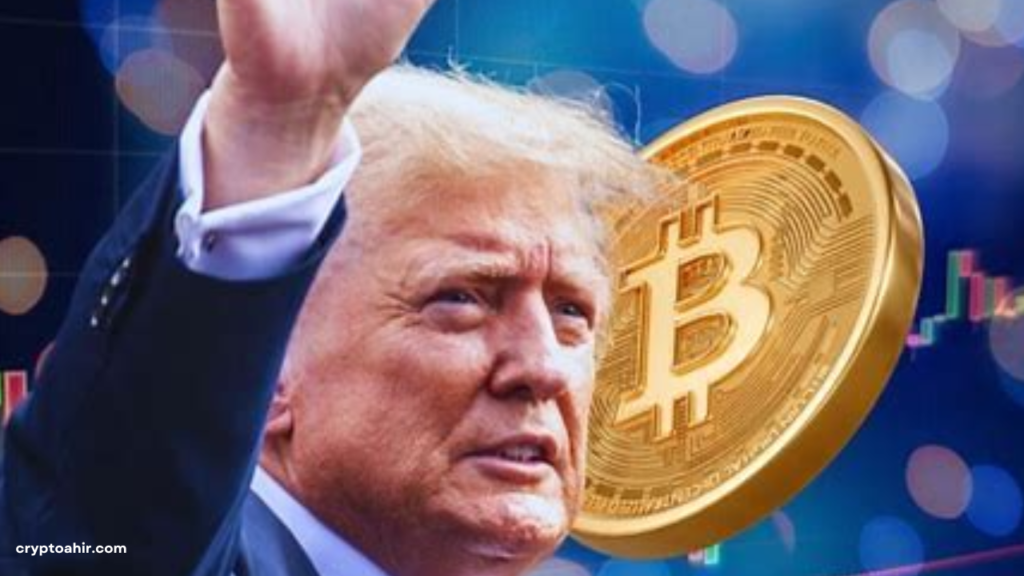Since U.S. President Donald Trump took office in January, the price of bitcoin and other cryptocurrencies has fluctuated dramatically, preparing markets for a “apocalyptic scenario.”
After plunging to April lows of less than $75,000, the price of bitcoin has risen to almost $90,000 this week, with some optimistic traders speculating that the “tide may have turned” on Wall Street.
As the United States teeters on the brink of a “confidence crisis” with the U.S. dollar, a leak has shown mounting concerns that Trump’s intentions for bitcoin and cryptocurrency might cause “contagion” that could blow up the financial system.

In the wake of U.S. President Donald Trump’s endorsement of bitcoin, cryptocurrency, and more especially stablecoins based on the U.S. dollar, the European Central Bank (ECB) and the European Commission have fought over the efficacy of the trading bloc’s historic Markets in Crypto Asset Regulation (MiCA).
The law was only completely enacted at the end of last year, and the ECB is demanding a “urgent” revision.
According to a leaked policy paper reviewed by Politico, the European Central Bank (ECB), led by President Christine Lagarde, has warned that Trump’s fanning of the stablecoin market might cause a financial “contagion” that could blow up the European economy.
With Bo Hines, Trump’s executive director of the president’s council of advisers on digital assets, predicting the legislation could reach Trump’s desk by August, two cryptocurrency bills that would solidify stablecoins’ place in the financial system have been moving through Congress in recent months.
Lagarde and Piero Cipollone, the EBC’s digital payments czar, have issued “panicked” warnings due to the stablecoin industry’s anticipated rise in the upcoming years.
Tether and its USDT dollar-pegged stablecoin presently lead the market, but it faces competition from Silicon Valley and Wall Street.
According to a Standard Chartered Bank study released this week, the adoption of pro-crypto U.S. legislation may boost the stablecoin market from its current $230 billion to $2 trillion by the end of 2028.
According to Lagarde, the MiCA regulations won’t stop dollar-denominated stablecoins from proliferating throughout Europe, which may lead to a flight of European funds into the United States if investors choose to shift their money into USDT, Circle’s USDC, and emerging competitors.

“On Thursday, Lagarde said MiCA would have to change, and implied that the unique threat posed by stablecoins was ‘understood’ by the Commission and other EU institutions,” wrote Politico.
In response, the European Commission criticized the ECB for being overly dramatic. According to a Commission document obtained by Politico, “the risks arising from such global stablecoins seem to be overstated and are manageable under the existing legal framework.”
In order to increase support for the contentious digital euro project—basically, a government-backed euro-based stablecoin—an unidentified European Commission official also asserted that the ECB could be inciting the risk of U.S. dollar stablecoins.
Although the price of bitcoin and the cryptocurrency sector as a whole have already fallen from their recent peaks, they have fared better than many high-risk IT stocks.
In emailed remarks, Alex Svanevik, CEO of bitcoin and crypto analytics company Nansen, stated, “Bitcoin has been surprisingly resilient throughout the trade war, holding up against altcoins and, more recently, against the S&P 500.”
It has probably been aided by the continuous positive news flows surrounding bitcoin, particularly the Treasury’s search for methods to convert reserves into bitcoin.








